Imagine that you lived in a time when there was often no explanation for falling stars or extraordinary occurrences in the sky. On the night of Nov. 12-13, 1833, people rushed outside all over the United States to watch the awe inspiring sight of thousands of meteors, some as big as our moon, light up the sky with celestial fireworks that lasted for hours. This was, of course, no ordinary meteor shower but a rare meteor “storm.”
This week you might be fortunate enough to look up and see a few meteors here, or a few more out of the corner of your eye over there, sometimes with a trail lasting a few seconds. But in the early morning of Nov. 13, 1833, the sky was so bright that people could not sleep, with between 50,000 to 250,000 meteors falling per hour. The description from newspapers across the country was the same: it was the night of falling stars.
We know now that this extraordinary cosmic event was part of the Leonid meteor storm, when the planet Earth passes through streams of dust left over from the comet Tempel-Tuttle. In 1833, people would have known to expect falling stars in the clear skies of mid-November, just as we do, but no one anticipated the extraordinary events of that night.
People across the country reacted with fear and often hysteria. What did it mean? No one had ever seen such a thing. For many, it signaled that the end of the world was coming, or that they were being punished for their mortal sins. Others were stunned by the sheer beauty — this was before electricity and few had ever seen more than candlelight at night — and saw the thousands of stars as foretelling wondrous things.
Some repented, some sang hymns, some wept and cried, but we know from those newspaper reports from all over the eastern United States that the whole country was awake, watching the sky filled with stars that rained down on them.
The biggest events from Tempel-Tuttle happen every 33 years, although it is very difficult to predict how strong a meteor shower will be. (The next time there could be a meteor storm is 2030).
But in the meantime, while you won’t see a meteor storm with thousands of streaks of light, go outside late at night between Nov. 6 and Nov. 30 this month and look up. This year the Leonids meteor shower will be at its peak on the night of Friday, Nov. 17-18, where from 1:00 am until just before dawn you should be able to see as many as 15 bright “shooting stars,” with long trails, in an hour. Don’t worry about where to look —you might be able to see them anywhere in the sky. The moon will be in a quarter phase and if it’s not overcast and you are bundled up, even a few meteor trails will be a wonderful sight.
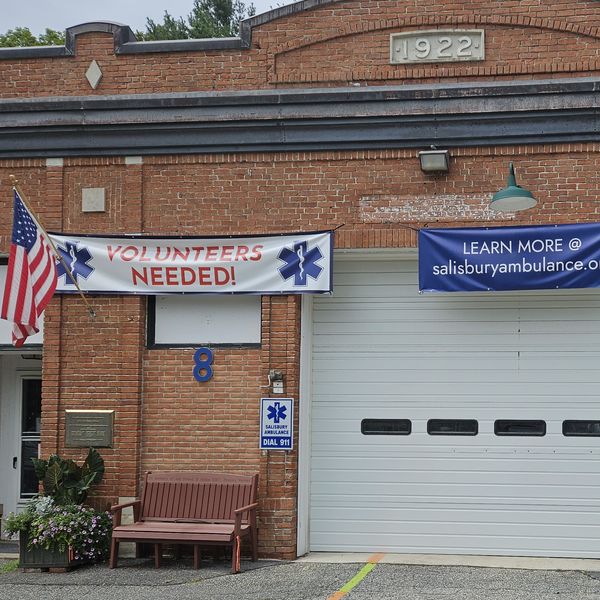
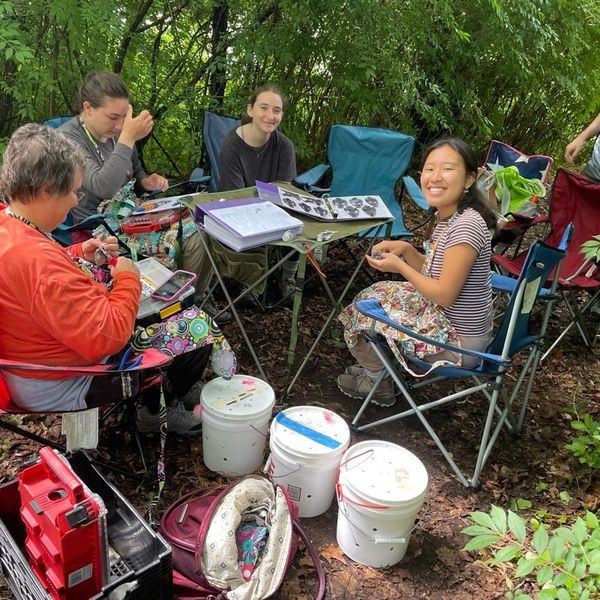


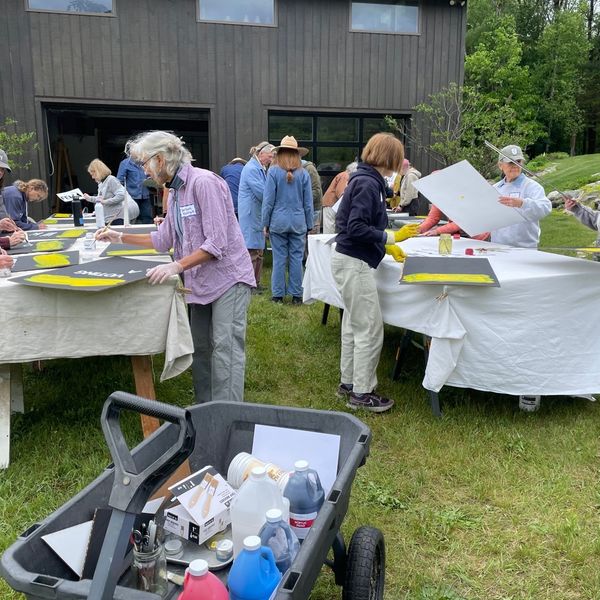

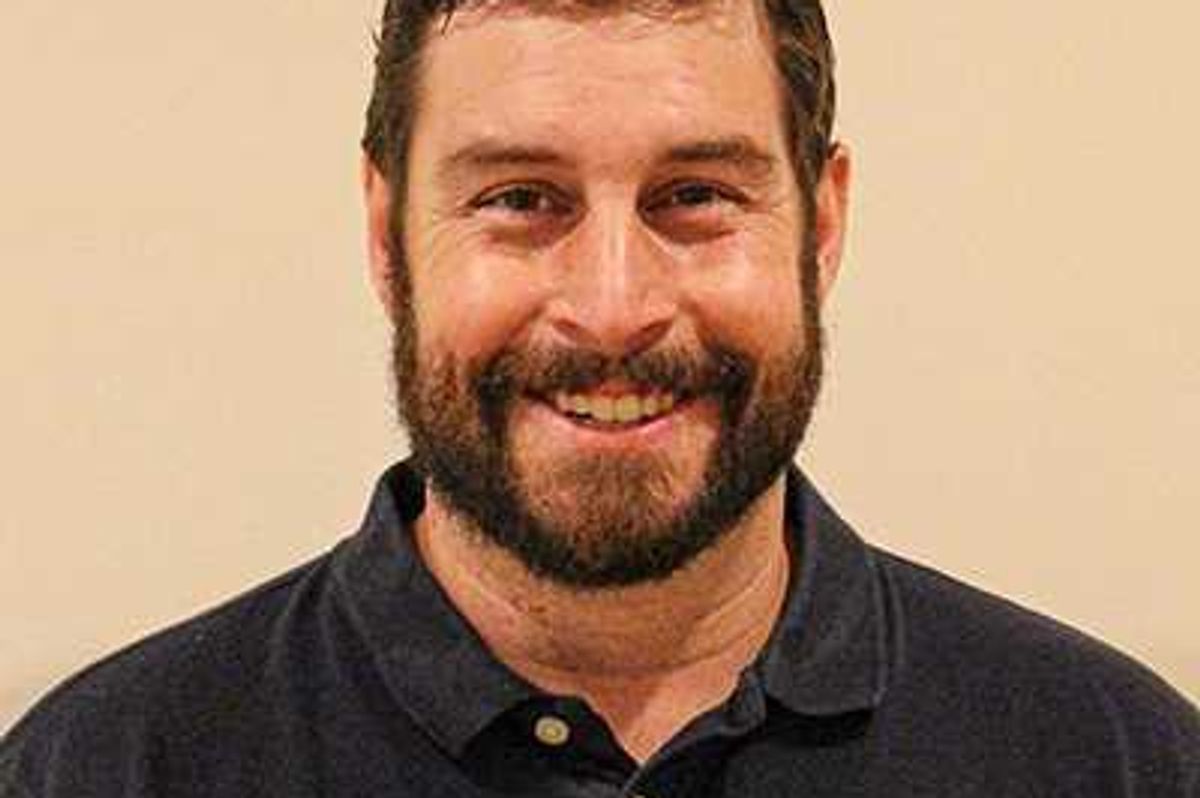
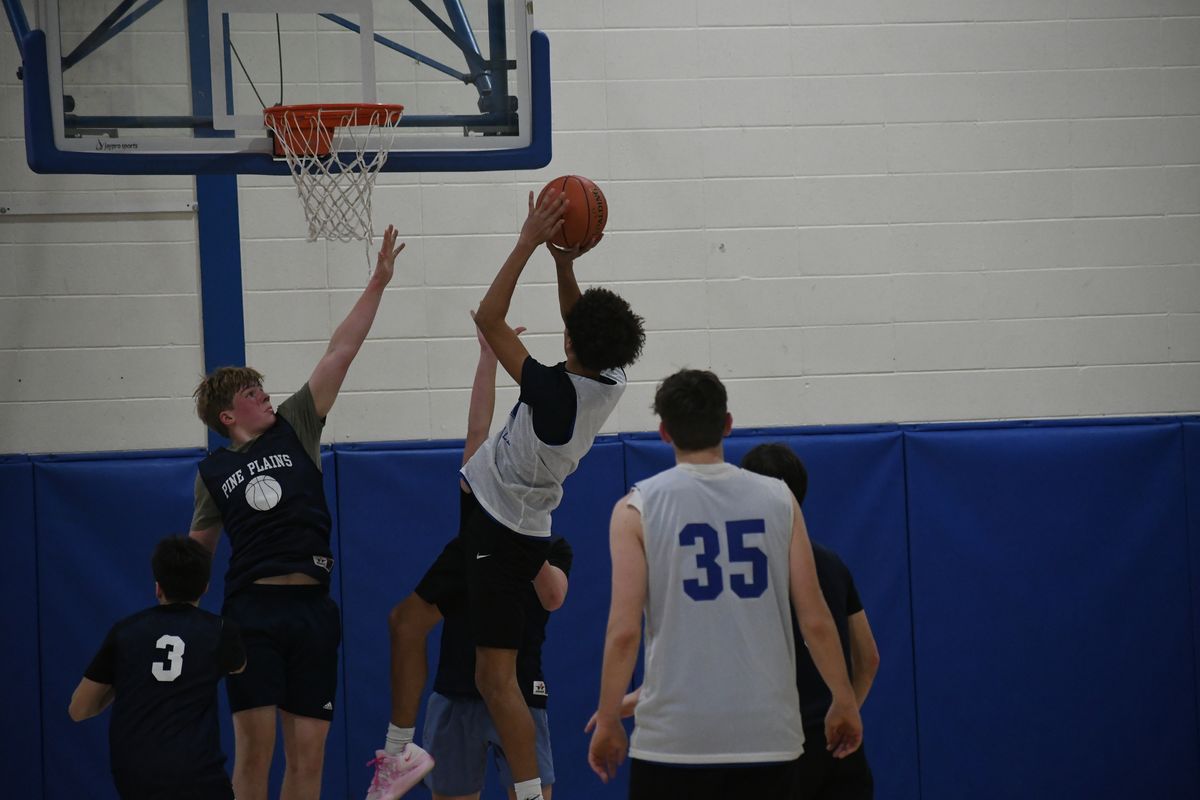
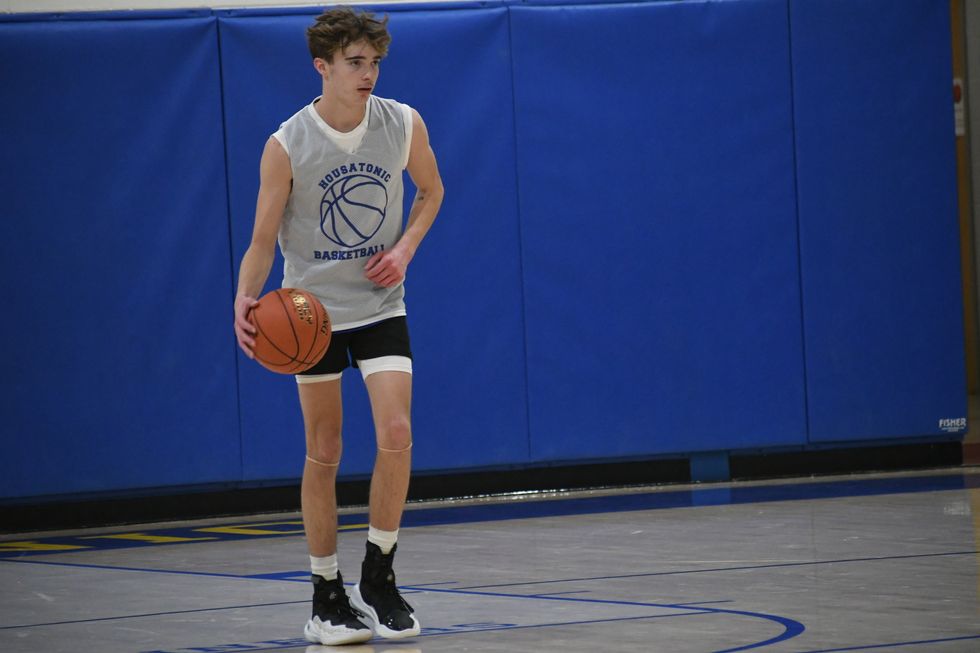 Nick Crodelle dribbles the ball up the court during the game.
Nick Crodelle dribbles the ball up the court during the game. Anthony Labbadia
Anthony Labbadia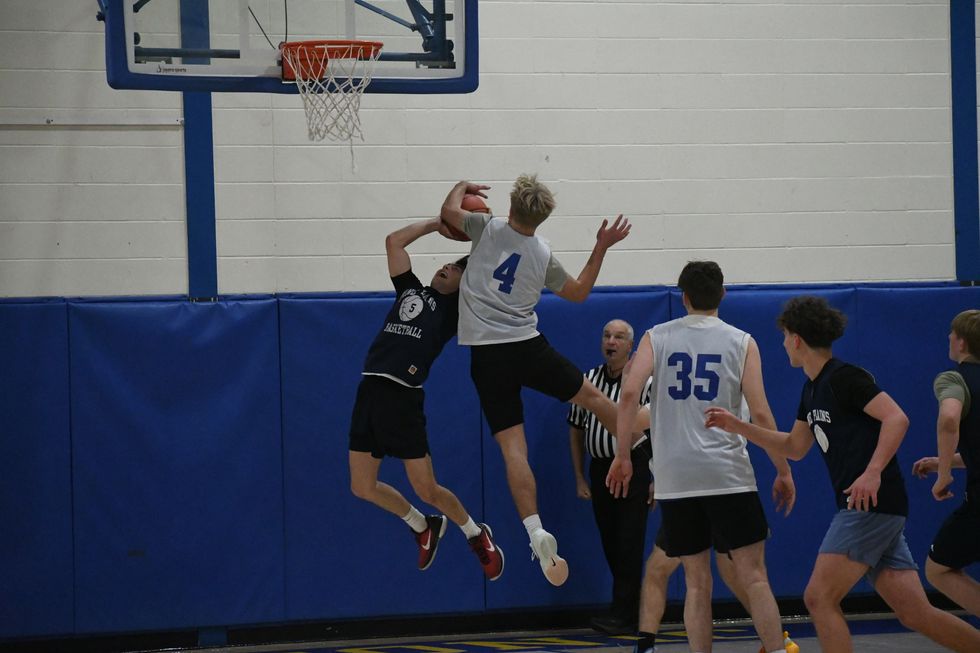 Owen Riemer block By Riley Klein
Owen Riemer block By Riley Klein 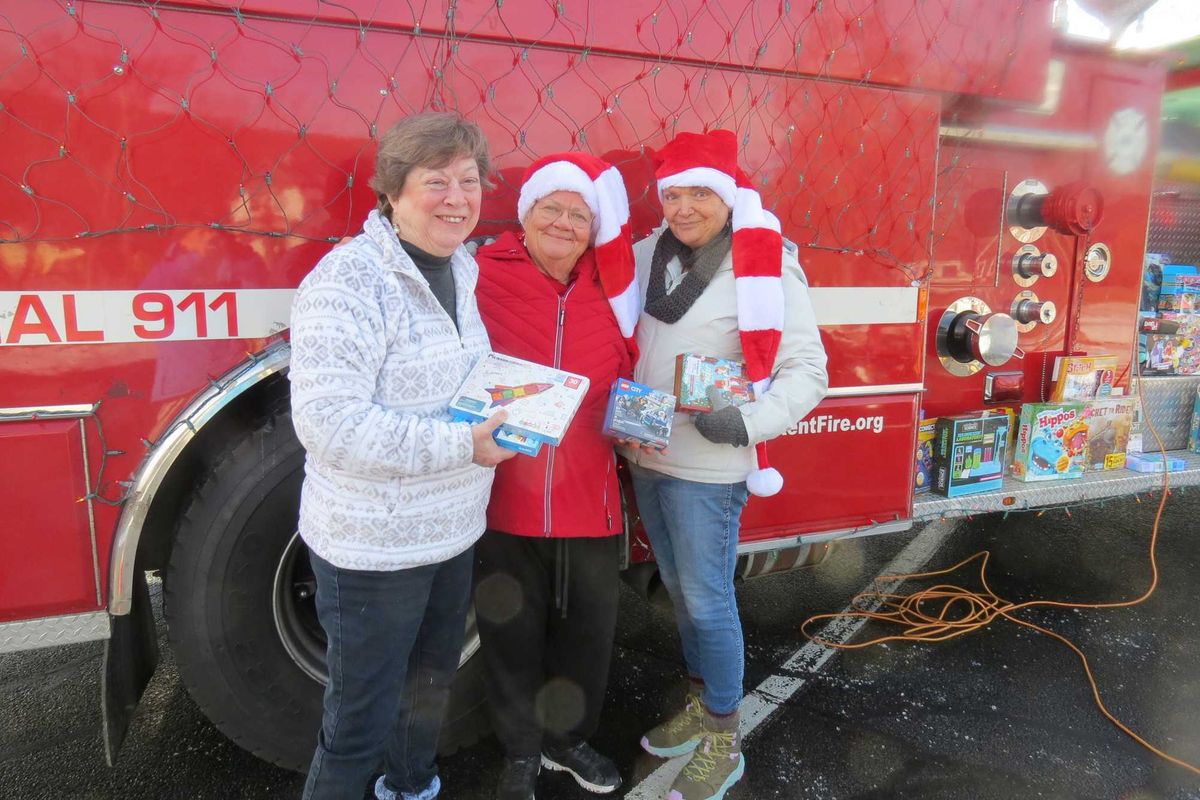
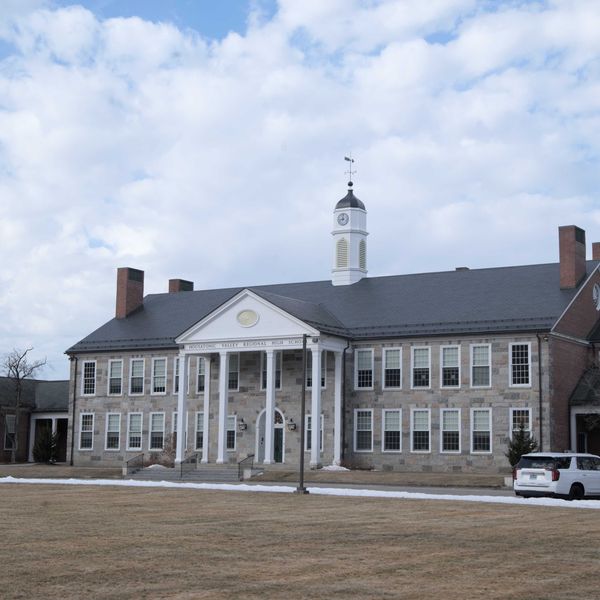

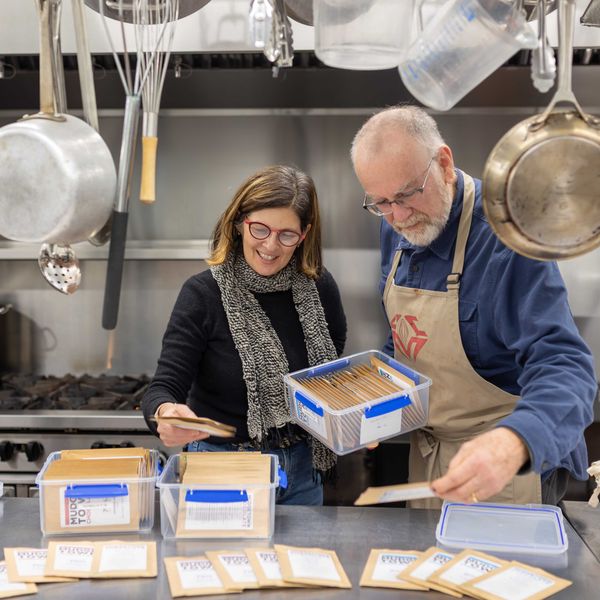

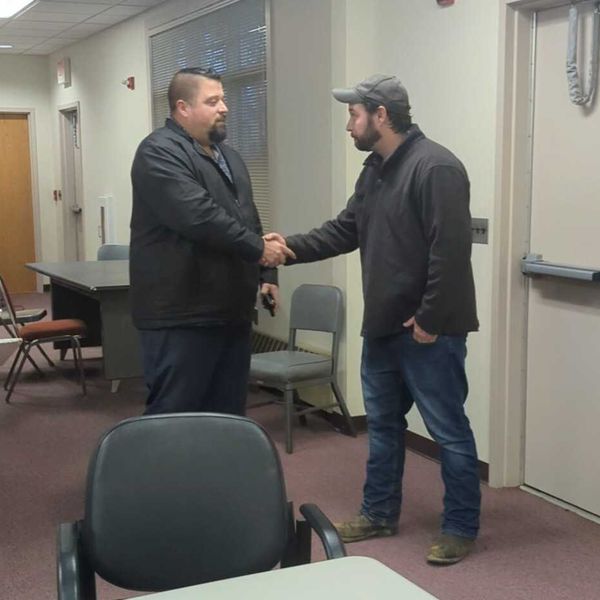
The meteor storm we would love to see